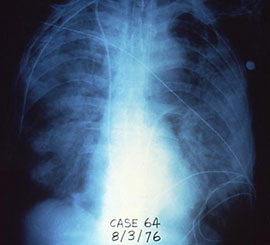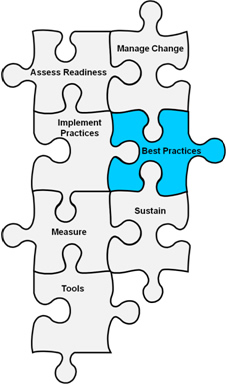
Christmas trees are involved in about 300 fires annually, resulting in 10 deaths, 30 injuries and an average of about $10 million in property damage and loss. In addition, there are more than 13,000 candle-related fires each year, which result in 140 deaths and $205 million in property loss.
Holiday decorations, like candles, lights and Christmas trees, add a joyous and festive mood to the holiday season. But when these decorations are not used properly, they can cause fires, injuries and death.
Each year, hospital emergency rooms treat about 12,500 people for falls, cuts, shocks, and burns due to incidents involving faulty holiday lights, dried-out Christmas trees and other holiday decorations.
To prevent these injuries, the Consumer Protection Safety Commission (CPSC) monitors holiday lights and other decorations sold at stores and on the Internet. CPSC works with the Bureau of Customs and Border Protection to identify and detain unsafe holiday light sets posing fire risks from being distributed in the U.S.
"The flickering light of candles can add beauty and tradition to the holidays," said CPSC Chairman Stratton. "However, when left unattended or within a child's reach, burning candles can turn your celebration into tragedy. Following a few simple safety tips can help prevent holiday decoration-related fires."
CPSC suggests following these tips to make your holiday a safe one.
Trees
- When purchasing an artificial tree, look for the label "Fire Resistant." Although this label does not mean the tree won't catch fire, it does indicate the tree is more resistant to burning.
- When purchasing a live tree, check for freshness. A fresh tree is green, needles are hard to pull from branches and do not break when bent between your fingers. The trunk butt of a fresh tree is sticky with resin, and when tapped on the ground, the tree should not lose many needles.
- When setting up a tree at home, place it away from fireplaces and radiators. Because heated rooms dry live trees out rapidly, be sure to keep the stand filled with water. Place the tree out of the way of traffic and do not block doorways.
Lights

- Indoors or outside, use only lights that have been tested for safety by a recognized testing laboratory, such as UL or ETL. This indicates conformance with safety standards. Use only lights that have plugs containing fuses.
- Check each set of lights, new or old, for broken or cracked sockets, frayed or bare wires, or loose connections. Throw out damaged sets. Always replace burned-out bulbs promptly with the same wattage bulbs.
- If using an extension cord, make sure it is rated for the intended use.
- Never use electric lights on a metallic tree. The tree can become charged with electricity from faulty lights, and a person touching a branch could be electrocuted.
- Before using lights outdoors, check labels to be sure they have been certified for outdoor use.
- Stay away from power or feeder lines leading from utility poles into older homes.
- Fasten outdoor lights securely to trees, house walls, or other firm supports to protect the lights from wind damage. Use only insulated staples (not nails or tacks) to hold strings in place. Or, run strings of lights through hooks (available at hardware stores).
- Turn off all holiday lights when you go to bed or leave the house. The lights could short out and start a fire.
- Use caution when removing outdoor holiday lights. Never pull or tug on lights – this could cause stress on the connections that could create a fire hazard.
- Outdoor electric lights and decorations should be plugged into circuits protected by ground-fault circuit interrupters (GFCIs) to protect against electric shock. Portable outdoor GFCIs can be purchased where electrical supplies are sold. GFCIs can also be installed permanently to household circuits by a qualified electrician.
Candles and Other Decorations

- Use only non-combustible or flame-resistant materials to trim a tree. Choose tinsel or artificial icicles of plastic or nonleaded metals. Leaded materials are hazardous if ingested by children.
- Keep burning candles within sight.
- Never use lighted candles on a tree or near other evergreens. Always use non-flammable holders, and place candles out of reach of children and pets.
- In homes with small children, take special care to avoid sharp or breakable decorations, keep trimmings with small removable parts out of the reach of children who could swallow or inhale small pieces, and avoid trimmings that resemble candy or food that may tempt a child to eat them.
- To avoid eye and skin irritation, wear gloves when decorating with spun glass "angel hair."
- To avoid lung irritation, follow container directions carefully while decorating with artificial snow sprays.
Fireplaces:
- Use care with "fire salts," which produce colored flames when thrown on wood fires. They contain heavy metals that, if eaten, can cause intense gastrointestinal irritation and vomiting. Keep them away from children.
- Do not burn wrapping papers in the fireplace. Wrappings can ignite suddenly and burn intensely, resulting in a flash fire.
- Place a screen around your fireplace to prevent sparks from igniting nearby flammable materials.












